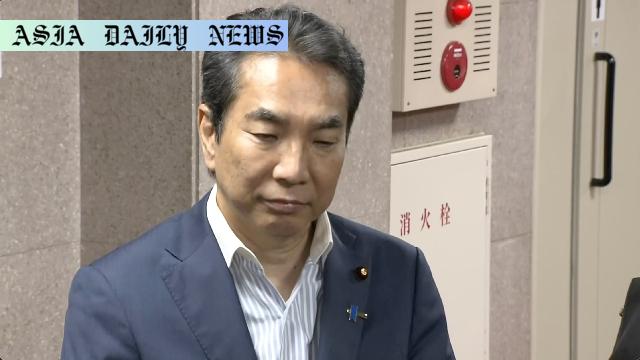Rice prices rise during May 11 week; Agriculture Minister retracts remarks.

Introduction: The Rise of Rice Prices
Rice prices in Japan have surged dramatically over the past year, with recent data showing the average price of a 5-kilogram bag of rice standing at 4,268 yen (approximately $29.50) for the week ending May 11. This marks an increase of 54 yen from the previous week, reversing a minor decline observed in an earlier period. What’s particularly alarming is that the current price is roughly double compared to a year ago. Such significant inflation is causing widespread concern among consumers and analysts alike, especially as rice remains a staple food in Japan.
The Minister’s Controversial Comment
Adding fuel to the fire of public concern, Agriculture Minister Eto Taku sparked a heated debate with an offhand comment made during a political event hosted by the ruling Liberal Democratic Party. The minister’s statement, “I have never bought rice myself,” came across as detached and insensitive, particularly during a time when many households are struggling with rising food costs. He went on to say that supporters often provided him with rice, resulting in an abundance at home—enough, in his words, that he could even sell it.
Retraction and Apology
In response to the backlash, Minister Eto swiftly retracted his statement, calling it “inappropriate” and apologizing for the confusion caused. He clarified that he does routinely purchase rice and expressed deep regret for his lack of foresight. During a Diet committee meeting, Eto acknowledged the potential insensitivity of his remarks, especially toward consumers struggling to manage issues stemming from rising prices. Subsequently, he advocated for purchasing brown rice over white rice, suggesting it might ease the burden on the rice distribution system.
Understanding the Broader Implications
While the minister’s comments grabbed attention, the underlying issue of skyrocketing rice prices remains a pressing concern. The figures released by the agriculture ministry suggest inflationary pressures that could have widespread implications for households and the broader economy. For many consumers, rice is an irreplaceable staple, and such sharp increases in its price raise the specter of food insecurity for vulnerable groups. This scenario also puts immense pressure on policymakers to devise strategies to stabilize market prices and reassure the public.
The Call to Action
Eto’s remark on choosing brown rice over white rice, although seemingly trivial to some, carries practical implications. Brown rice generally offers longer shelf life and health benefits, making it a practical choice during times of price volatility. Nevertheless, consumer habits centered on white rice may need greater incentivization to change. Furthermore, ensuring fair market practices and managing external factors such as supply disruptions must be a government priority to give relief to consumers.
Commentary
Understanding the Impact of Rising Rice Prices
The notable increase in rice prices across Japan is not just an economic indicator but a direct reflection of the challenges faced by households across the country. For a staple as integral as rice, inflation rates doubling in a single year are a stark reminder of the volatility within global supply chains and domestic markets. Consumers, especially those with lower incomes, are the first to feel the heat, as they grapple with limited budgets and rising living costs.
The Role of Leadership During Economic Challenges
The controversy surrounding Minister Eto Taku’s initial comments underscores the sensitivity needed when addressing essential commodities like rice. Leaders play a crucial role in shaping public confidence and providing clarity during economic uncertainties. Eto’s retraction and subsequent apology were necessary steps, but they also reveal a deeper gap in understanding or acknowledging the struggles faced by average consumers.
Moving Toward Practical Solutions
Encouraging consumers to opt for brown rice as a solution to price inflation highlights the need for more substantial, systemic intervention. While promoting dietary shifts may have its merits, the government must prioritize stabilizing the rice market through measures such as subsidies, strategic imports, or initiatives supporting domestic producers. Consumer confidence cannot rely solely on changes in habits but needs assurance through tangible actions.
Conclusion: Building a Resilient Future
The recent developments around rice prices and the accompanying political discourse remind us of the importance of proactive and empathetic governance. Both policymakers and society must work together to adapt to the evolving economic landscape while ensuring that essential commodities remain accessible to all. While the path forward may seem challenging, a collaborative effort can sustain the balance between consumer needs and market realities.


